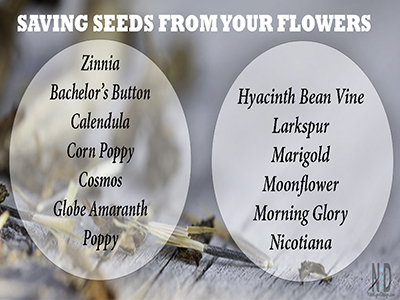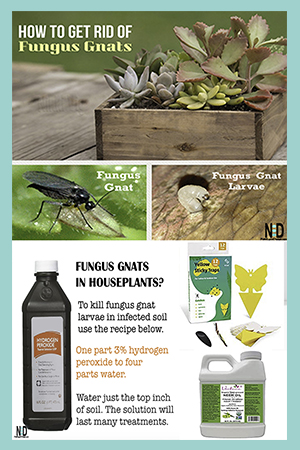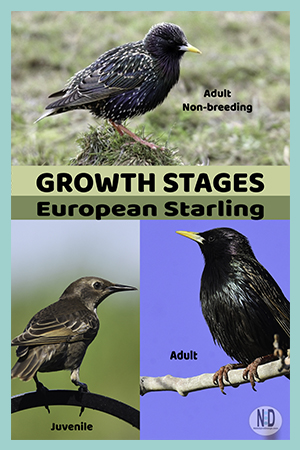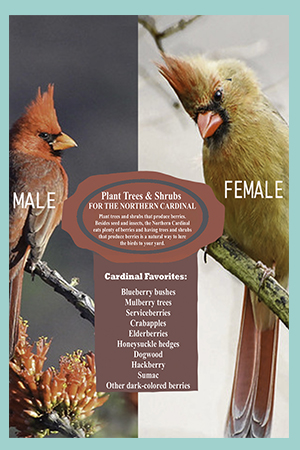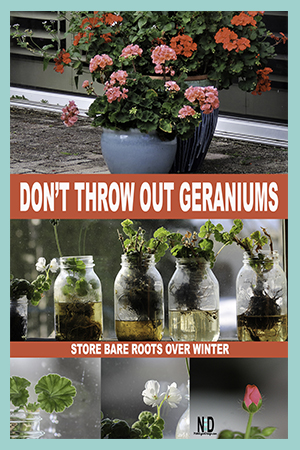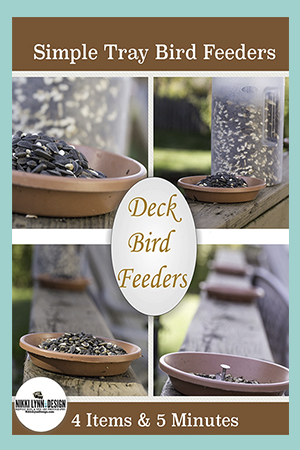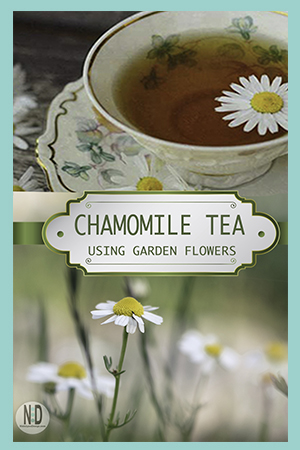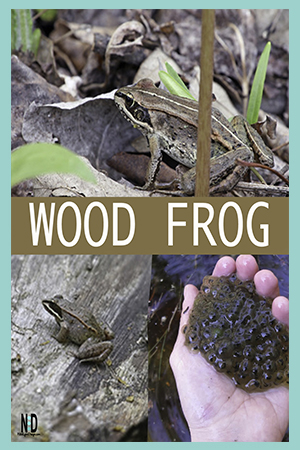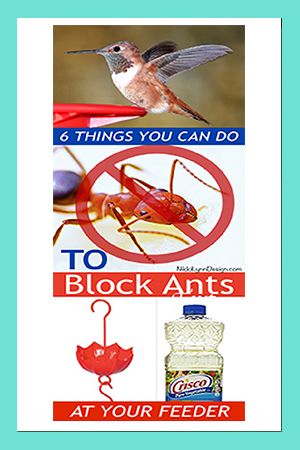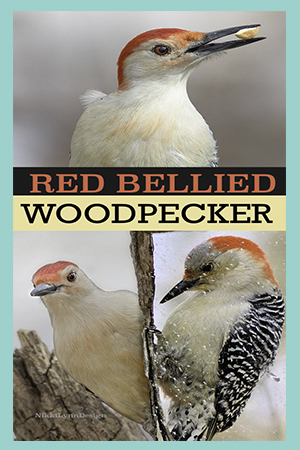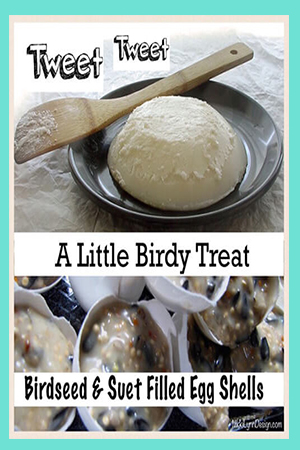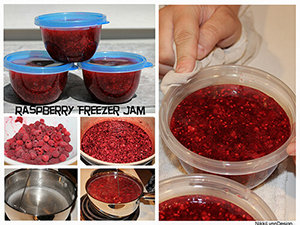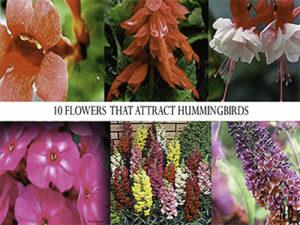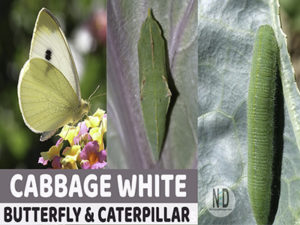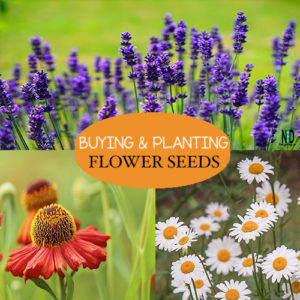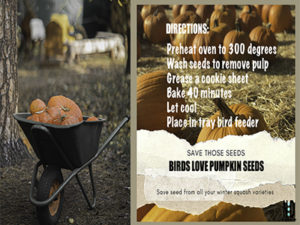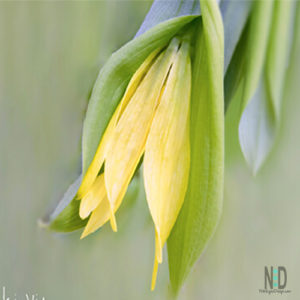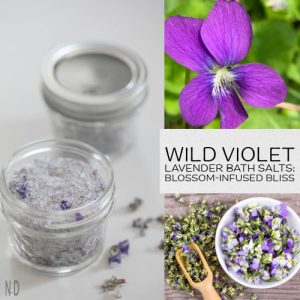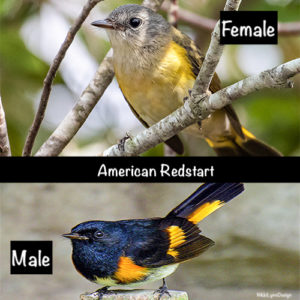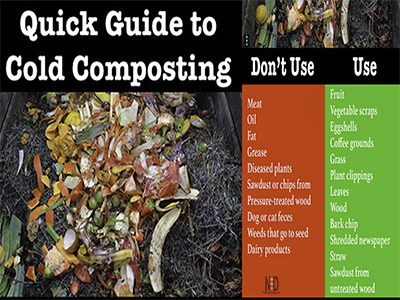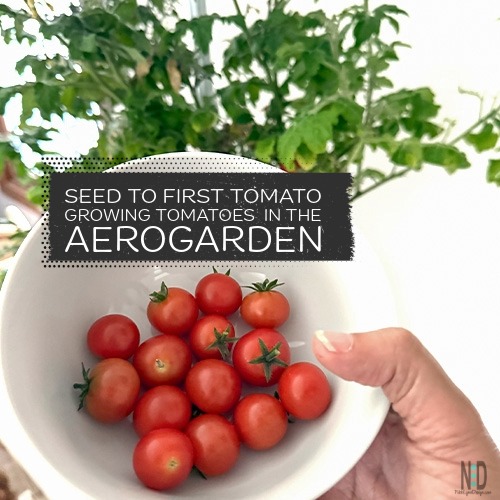Saving Flower Seed
I remember as a little girl my great-grandfather and also my grandmother saving flower seed from the plants they loved to grow.
They looked for characteristics in certain flowers, and then picked out the best plants of the batch to save the seeds from.
Today, I continue that practice using some of the tricks they used and a few of my own.
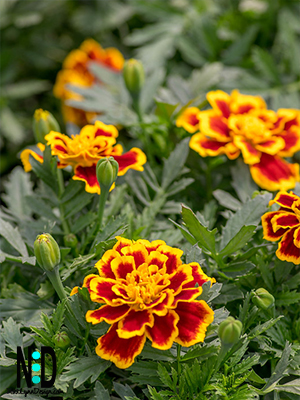
Collecting seed is easy to do and sometimes, it is sort of like winning the flower lottery the following year when your new plants come to meet the morning sun.
Choosing Your Plants To Save Seed From
You will want to start saving flower seed from plants that are not hybrids or cultivars Why is that? Not all flowers grown from seed look like the mother plant. They produce seeds either won’t germinate, or the resulting plants don’t have the same characteristics as their parents.
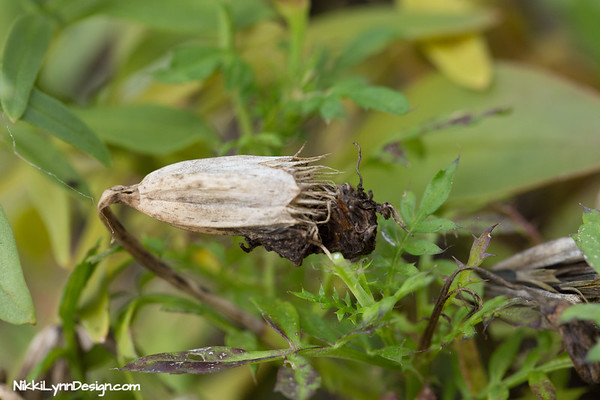
- Look for plants labeled as heritage or an old-fashioned favorite.
- Annuals are the easiest seed to start with.
- Choose seeds that are from one variety so they do not cross-pollinate.
- Pick healthy plants with no disease and excellent flowers.
- Remember which plant to collect seed from by tying a ribbon lightly around the plant.
Some Flowers To Collect Seed From
- Bachelor’s Button
- Calendula
- Corn Poppy
- Cosmos
- Globe Amaranth
- Hyacinth Bean Vine
- Larkspur
- Marigold
- Moonflower
- Morning Glory
- Nicotiana
- Poppy
- Zinnia
When To Collect Flower Seed
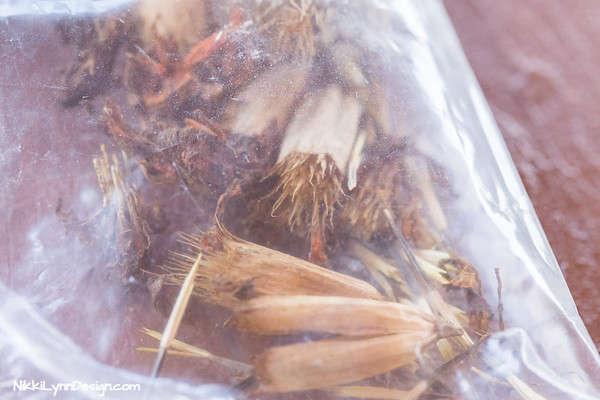
As a general rule of thumb after the flowers fade, the seeds are produced. Blooms need to fade and dry on the plant so the seeds can develop and mature. Each plant has a unique process and time.
- Most seeds are collected when deadheading plants and the seeds go from green to brown.
How To Collect Flower Seed
The process is simple. Want to plant the same type of flower next year? Collect the seed. You have nothing to lose by trying.
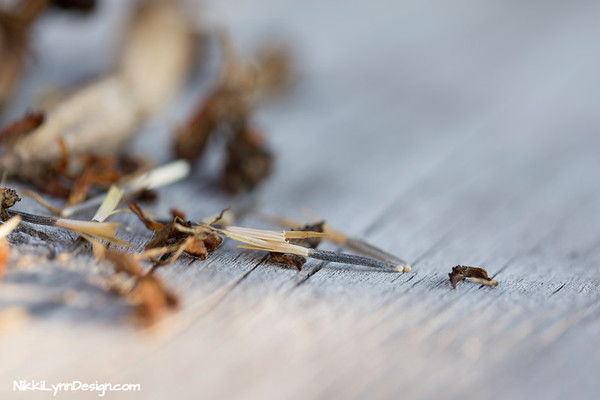
• Wait for the seed to dry naturally going from green to brown.
• Label a paper or plastic bag for each type of seed you want to collect.
• Use a pair of clean, sharp garden scissors to clip the seed head off and place in a labeled bag.
• Some types of flowers you can just shake the head of the plant and the seeds will fall.
• Collect on a dry and sunny day.
For some types of herbs like dill, for example, you will need to watch for seeds to appear. Dill seed likes to scatter seeds when they ripen. For those types like dill, the poppy is excellent examples, clip before completely dry and let ripen and dry on newspaper.
Drying Flower Seeds
In order for mold not to set in on seeds, you will need to dry the seed before storage.
Step 1
Step 2
Spread seeds on a layer of newspaper or old window screen. Leaving space between the seeds for air to circulate.
Depending on the moisture in the seed it can take 1 – 4 weeks for the seeds to dry.
Do a simple bend and snap test to check for dryness. If the seed or pod bends, the seeds should be dried further before being stored. You want the seed or pod to cleanly snap in half.
Label a paper bag or envelope with the name of seed and date collected and store in a dry, cool place.
Some people store their dry seed in glass containers, you could if completely dry. I like to give my seed breathing room.
If adding seeds to glass containers for storage add one spoonful of dry milk powder in the middle of a piece of paper towel secured with a rubber band. This will act like silica moisture packs and prevent molding the seeds.
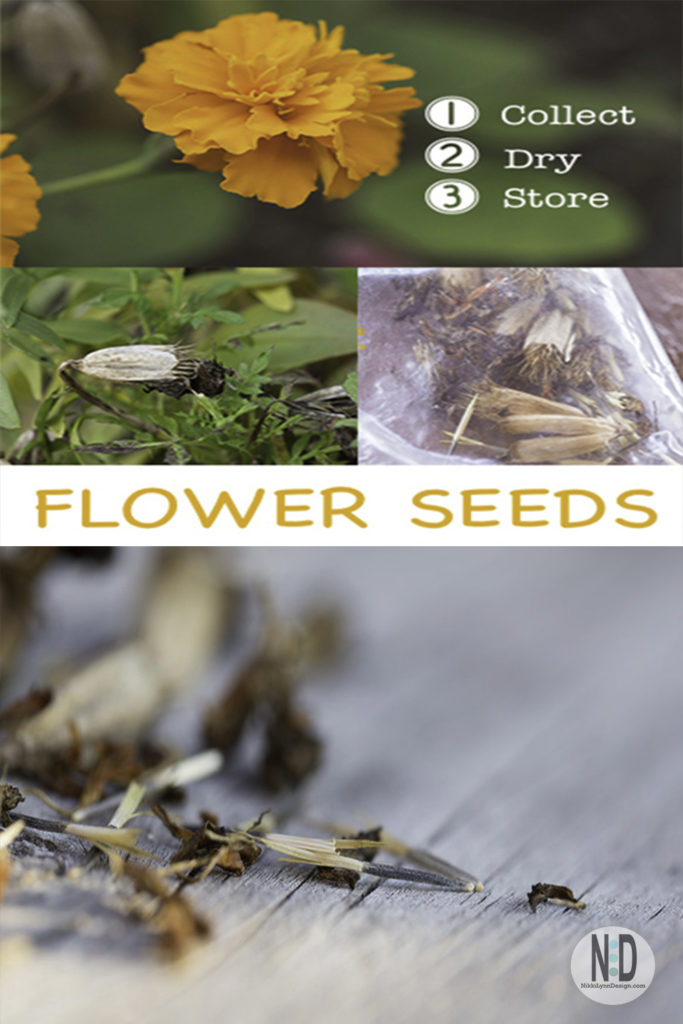
That is it! Nothing More, Nothing Less
Trial and error are part of the madness and fun that goes hand in hand with saving flower seed to plant for next year. You really have nothing to lose by trying your hand at saving the seed and maybe, a little money too.
Additional Posts
AFFILIATE POLICY: Posts on this site may contain links to outside vendors that pay me a commission when you purchase from them, at no additional cost to you. Thank you for supporting this site!
